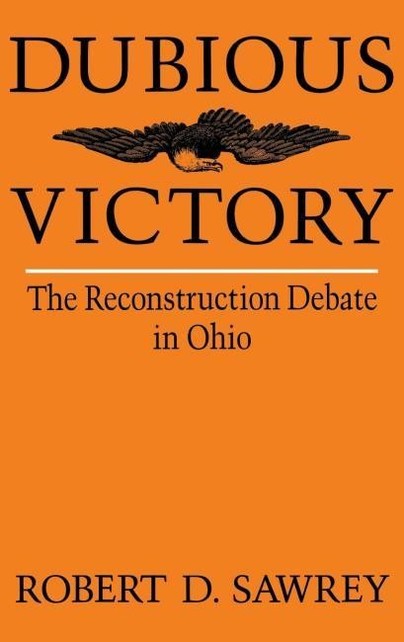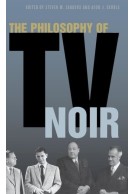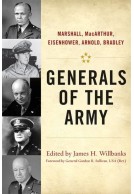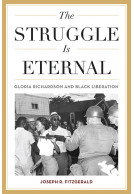Dubious Victory (Hardback)
The Reconstruction Debate in Ohio
Imprint: University Press of Kentucky
Pages: 216
Illustrations: illus
ISBN: 9780813117768
Published: 8th April 1992
Script Academic & Professional
Pages: 216
Illustrations: illus
ISBN: 9780813117768
Published: 8th April 1992
Script Academic & Professional
Please note this book may be printed for your order so despatch times may be slightly longer than usual.
You'll be £27.00 closer to your next £10.00 credit when you purchase Dubious Victory. What's this?
+£4.99 UK Delivery or free UK delivery if order is over £40
(click here for international delivery rates)
Order within the next 9 hours to get your order processed the next working day!
Need a currency converter? Check XE.com for live rates
(click here for international delivery rates)
Order within the next 9 hours to get your order processed the next working day!
Need a currency converter? Check XE.com for live rates
"To the victors belong the spoils" is a time-honored cliche. When in 1865 northern armies defeated the greatest challenge ever posed to the Union, issues of spoils and peace terms dominated public debate. But precisely what did the victorious North want from the Reconstruction process? Historians generally have shown far less interest in northern goals than in what terms southerners were willing to accept. Robert Sawrey now seeks to redress the balance by examining the post-Civil War attitudes of a representative northern state, Ohio.
Sawrey's probing study explores precisely what the key issues were for politically active Ohioans and what they sought in a Reconstruction policy. Through extensive research in contemporary newspapers, manuscripts, legislative debates, and diaries, he offers the most complete picture ever presented of northern attitudes on the two crucial issues of Reconstruction -- the terms of readmission and the fate of the former slaves.
Ohioans' struggle to find an equation for restoring a Union that now included nearly four million free blacks was complicated, he finds, by their prejudices and their belief in white superiority. Because they regarded the "planter conspiracy" as a primary cause of the war, they sought to assure future peace through control of the planters -- a position that compelled them to advocate basic rights for ex-slaves. At the same time, they continued to support white supremacy throughout the nation. To reconcile these contradictory positions was a daunt-ing task. Yet by 1870, Sawrey finds, most politically involved Ohioans believed Reconstruction had secured their basic goals.
Dubious Victory offers a fresh approach to understanding the limits of what was achievable during Reconstruction. It also explains why the achievements of the period now seem to have been so limited.
Other titles in University Press of Kentucky...















